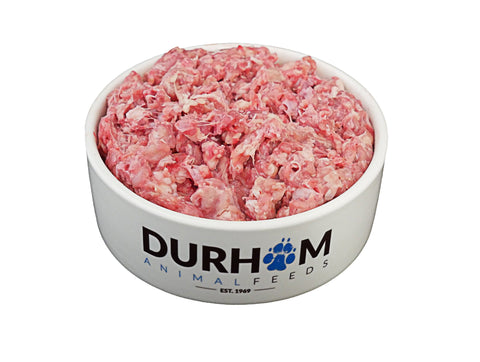Keeping Your Pet Cool in the Hot Weather

The hot weather can be challenging for your pet, so it is important to keep your pet cool, here are a few hints and tips to keep your pet comfortable!
It is better to bring your pet indoors in the hot weather, if you have a tiled kitchen or bathroom they may want to lie on the tiles to cool down if it’s not possible to bring them inside make sure they are in the shade and not in direct sunlight.
If you are feeling the heat, then your pet will be too!
Some dogs are more prone to heat stroke than others:
- brachycephalic dogs(their breathing is already restricted, even without the stress of overheating)
- obese dogs (they have an extra layer of insulation in the form of fat)
- dogs suffering from laryngeal paralysis (their breathing passages are narrower than normal, making them unable to pant like a normal dog)
- dogs with dark coats (solar radiation is absorbed into the body rather than being reflected)
Animals of these types deserve special protection from potentially overheating situations because they are less able to cool themselves down.
The little ones
Small animals such as rabbits and Guinea Pigs are especially susceptible to the heat, if possible bring them indoors, if this is not possible then provide them with ice packs or frozen water bottle they can lean against to keep their body temperature down, draping the hutch in cold damp towels will also help keep the temperature down. Make sure the enclosures are kept in the shade and protected from the sun as it moves throughout the day.
Water!
Make sure there is always fresh water available! Water, Water, Water! You can always add ice to water sources to keep it cool. Make sure there is more than one water source in case one gets spilt.
Making a splash!
Provide a sturdy pool such as a shell paddling pool for dogs to wade in and out if they wish to cool down, it also acts as another water source for them! Remember to keep it in the shade! If there are children about make sure they are supervised at all times around the pool/water.
Watch when you walk
When walking your dog go early morning or in the evening to avoid the high temperatures in the daytime, walking your dog in the heat can cause severe burns on the pads of their feet and can cause heat stroke. An easy way to test the heat of the pavement is to place your hand on it for a few seconds to test how hot it is, if it’s too hot for your hand it’s too hot for your dog’s paws!
A great idea is to take them to a lake, river, brook, or beach where they can paddle to keep cool, your dog will enjoy this too, it’s also a good way to keep them hydrated.
A helping paw…
If your pet seems to be in discomfort, try wetting their feet and misting water onto their face. This is an option for dogs, cats, ferrets, poultry and caged birds as many animals control their inner temperature through their feet. It’ s important not to saturate a bird’s feathers as this can cause them to go into shock.
Don’t feed poultry maize or sweetcorn as it will heat their body temperature up.
Animals in hot cars!
Never leave your pet in a car even for 5 minutes (even with the window open!), the weather may not be that hot outside, but a car’s temperature can quickly escalate in a matter of minutes! It only takes a few minutes for a pet to suffer an agonising death in a hot car. If you see an animal locked in a hot car, immediately phone police on 000.
Precious pink noses
Little pink noses can be susceptible to sunburn so make sure you apply some sun cream to their little snoots! Pets are also at risk of skin cancer!
Fleas & Ticks
Summertime is a prime time for fleas and ticks, so ensure your pets are UpToDate with their flea treatment and prevention. If you need any advice on this, please call the shop on 01162602001 option 2.
Dangerous Plants
Many common household plants can be toxic to animals if ingested, including some beautiful summer bulbs. Lilies are known to be one of the more dangerous plants and are particularly toxic for cats, so if you own a feline it’s best to steer clear from them altogether. Other summer plants to avoid include Gladiolas, Hydrangea, and Ivy.
Signs your pet might have eaten a poisonous plant can include vomiting, lethargy, drooling and seizures. When taking your pet to the vet with suspected poisoning, it is a good idea to also take any material involved, such as chewed-up plant matter, so your vet has a better idea of what they’re treating.
Don’t shave double coated dogs
You may think you’re doing your dog a kindness by shaving their hair to cool them down. However double coats are designed to keep dogs warm or cool depending on the weather. Dogs naturally shed their undercoat during summer, allowing their skin to remain cool. If shaved, growing back this undercoat can make dogs even hotter. Their top coat also vitally prevents sunburn.
Shaving double coated dogs can also permanently change their coat, often losing its soft smooth texture. While grooming is important all year round, double coated dogs don’t need to be shaved in any weather.
Last but not least – Wildlife
Leaving bowls of water out for wildlife will help them to keep cool and hydrated in the spring and summer months.








